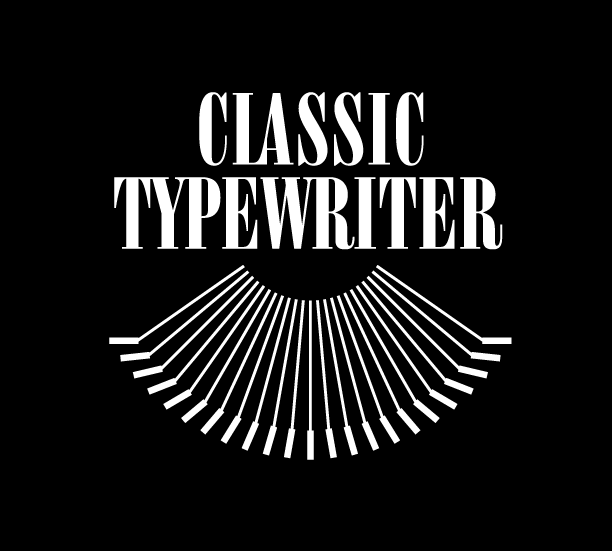Hermes Typewriters
Once upon a time, in a world without computers and keyboards, there was a device that allowed people to put their thoughts down on paper. That device was called a typewriter, and one brand stood out above the rest: Hermes Typewriters.
Hermes Typewriters have a rich history dating back to 1887 when they were first introduced by the Swiss company Paillard & Co. At the time, typewriters were still a new technology, and Hermes quickly became known for their high-quality machines.
The first Hermes Typewriters were made in Switzerland and were designed to be compact and portable. They quickly gained a reputation for being reliable and easy to use, and people all over Europe began to take notice.
Over the years, Hermes Typewriters continued to innovate and evolve. They moved their production to France, where they continued to make improvements to their designs. In the 1920s, they introduced the Hermes Baby, a small and lightweight typewriter that quickly became popular with writers and journalists.
The Hermes Baby was designed to be both portable and functional, with a unique curved keyboard that made it easier to type quickly and accurately. It quickly became a favorite of famous writers like Ernest Hemingway, who famously said, "I love my Hermes Baby."
As the years went on, Hermes continued to refine their designs and introduce new models. In the 1950s, they introduced the Hermes 3000, a sleek and modern machine that was designed for professional use. It featured a clean, minimalist design and was made with high-quality materials that made it both durable and reliable.
The Hermes 3000 quickly became a favorite of famous writers like Truman Capote and John Cheever. Capote even wrote an essay in praise of the machine, calling it "the Rolls-Royce of typewriters."
But Hermes Typewriters weren't just popular with writers. They were also favored by artists and designers, who appreciated the machine's unique design and functionality. In the 1960s, Hermes introduced the Hermes 2000, a compact and stylish typewriter that was designed for use in offices and homes.
The Hermes 2000 was designed to be both functional and beautiful, with a sleek, modern design that made it stand out from other typewriters of the time. It quickly became popular with designers and architects, who appreciated its clean lines and minimalist design.
Despite their popularity, Hermes Typewriters eventually fell out of favor as computers and word processors became more common. But their legacy lives on, and today they are considered collectors' items, with vintage models fetching high prices at auctions and antique stores.
In addition to their design innovations, Hermes Typewriters were also known for their factory locations. In the early days, their factories were located in Switzerland and France. But during World War II, the company was forced to move its production to Spain, where it continued to make typewriters until the 1980s.
The Spanish factory was located in the small town of Olivetti, and it quickly became a hub of activity for the local community. Many people in Olivetti were employed by Hermes, and the town was proud to be associated with such a prestigious brand.
Over the years, the Olivetti factory produced many different models of Hermes Typewriters, including the popular Hermes Baby and Hermes 3000. The machines were exported all over the world and became symbols of Swiss precision and quality.
Today, the Olivetti factory is no longer in operation, but it is still remembered fondly by those who worked there and those who appreciate the history of Hermes Typewriters.
In conclusion, Hermes Typewriters were more than just machines for putting words on paper. They were symbols of innovation, design, and quality. From their early days in Switzerland to their production
